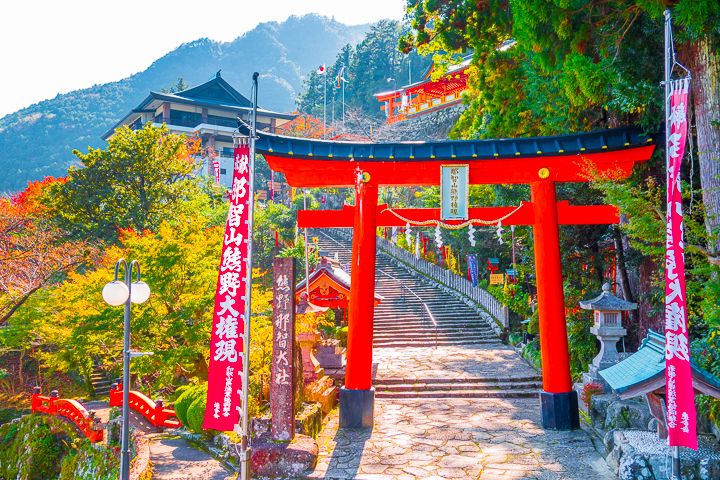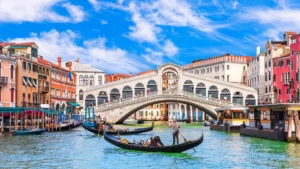
Introduction
Planning a trip to Japan? Whether you’re exploring ancient temples, soaking in neon-lit cityscapes, or indulging in world-class cuisine, understanding the country’s currency system is essential for a hassle-free adventure.
Before you fly, check out Danesh Exchange for the best rates on Japanese Yen!
Japanese Currency: What You Need to Know
- Japan uses the Japanese Yen (JPY), represented by ¥.
- Banknotes: ¥1,000, ¥5,000, ¥10,000. Coins: ¥1, ¥5, ¥10, ¥50, ¥100, ¥500.
- While credit cards are widely accepted in large cities, cash is preferred in restaurants, local markets, and rural areas.
Tip: Always carry some cash, as smaller businesses may not accept cards. International ATMs are available at 7-Eleven stores & post offices.
Currency Exchange in Japan: Where & How
Tip: Skip overpriced airport rates—get competitive prices at Danesh Exchange!
How Long Should You Stay & Budgeting for Your Trip to Japan
Japan offers something for everyone—whether you’re visiting for a short getaway or a deep exploration. Here’s how long you should plan to stay and how much to budget based on your travel style.
Short Trip (3–5 Days)
Budget: ¥30,000–¥60,000 total
- Best for Tokyo, Kyoto, or Osaka only.
- Focus on iconic landmarks, food, and shopping.
- Ideal for weekend breaks or business trips.
- Savings Tip: Use public transport (metro/buses) and opt for affordable food options like ramen, udon, and convenience store meals.
Standard Trip (7–10 Days)
Budget: ¥100,000–¥250,000 total
- Covers Tokyo, Kyoto, Osaka, and possibly Hiroshima or Nara.
- Includes cultural sites, city exploration, and a few day trips.
- Great for first-time visitors wanting a balanced experience.
- Savings Tip: Get a Japan Rail Pass for cost-effective city hopping, and exchange currency early with Danesh Exchange to avoid bad airport rates!
Extended Trip (2–4 Weeks)
Budget: ¥300,000+ total
- Covers multiple regions, including rural Japan (Hokkaido, Okinawa, Tohoku).
- Best for seasonal experiences like cherry blossoms, skiing, or festivals.
- Great for travellers who want an immersive adventure.
- Savings Tip: Look for budget-friendly Ryokans (traditional inns), hostels, and capsule hotels to lower accommodation costs, and take advantage of tax-free shopping for tourists!
Estimated Costs Per Day in Japan (Based on Travel Style)
| Expense Type | Budget Travelers (¥5,000–¥8,000/day) | Mid-Range Travelers (¥15,000–¥25,000/day) | Luxury Travelers (¥40,000+/day) |
|---|---|---|---|
| Accommodation | Hostels, capsule hotels | 3-star hotels, Airbnbs | 5-star hotels, luxury ryokans |
| Food | Convenience stores, ramen | Sushi bars, casual dining | Michelin-starred restaurants |
| Transport | Metro, buses, walkable routes | Bullet trains, taxis | Private car rentals, luxury transfers |
| Attractions | Free temples, parks | Theme parks, guided tours | VIP experiences, private cultural tours |
Payment Methods: Cash vs. Cards vs. Mobile Payments
Japan is transitioning toward digital payments, but cash is still widely used.
Tip: Many places prefer cash—exchange Yen before your trip for convenience!
Best Places to Visit in Japan by Season
Japan’s beauty transforms throughout the year. Here’s when and where to visit:
Spring (March–May) – Cherry Blossoms & Historic Wonders
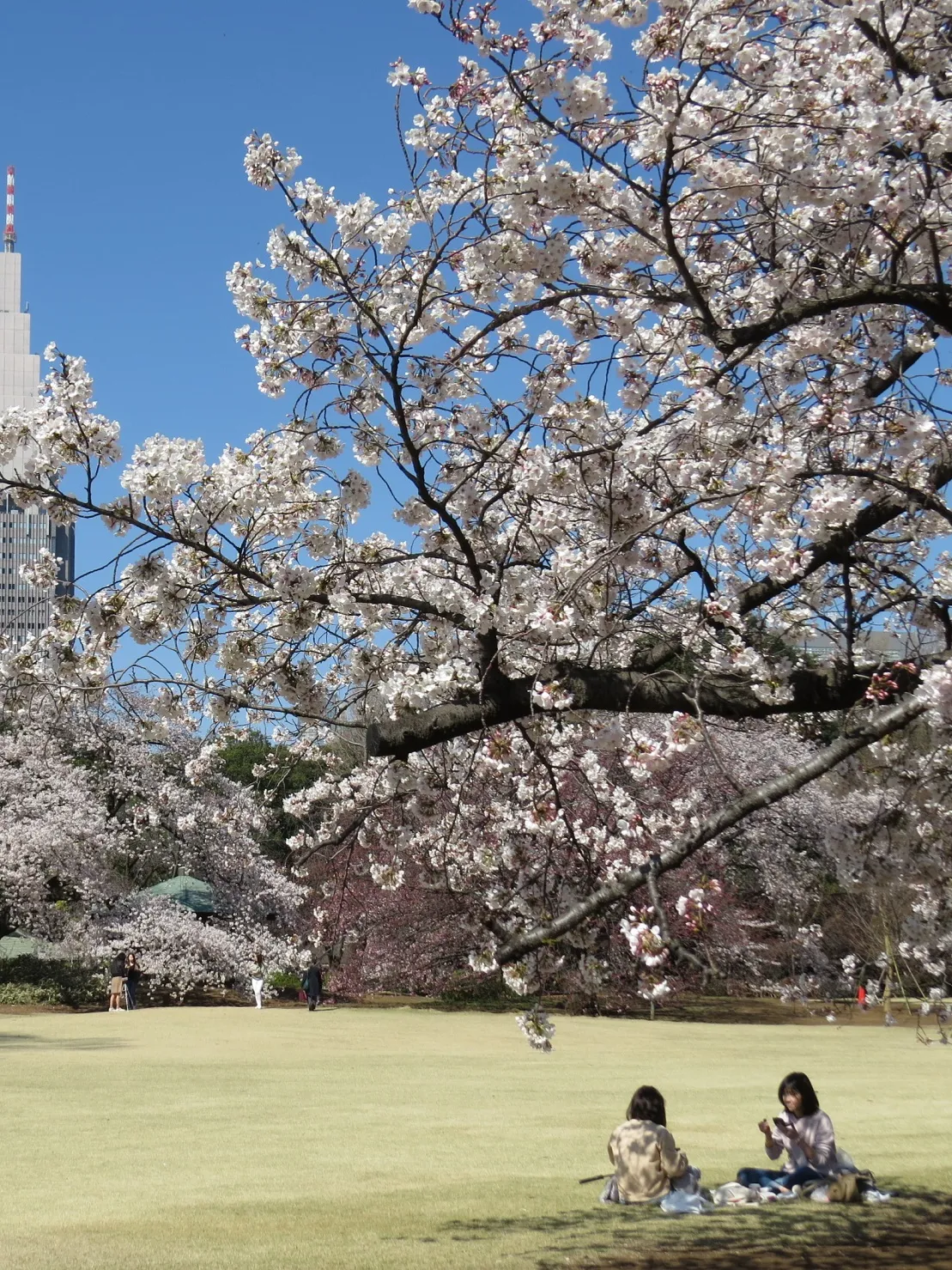
Tokyo
Ueno Park & Shinjuku Gyoen—ideal for cherry blossom viewing.
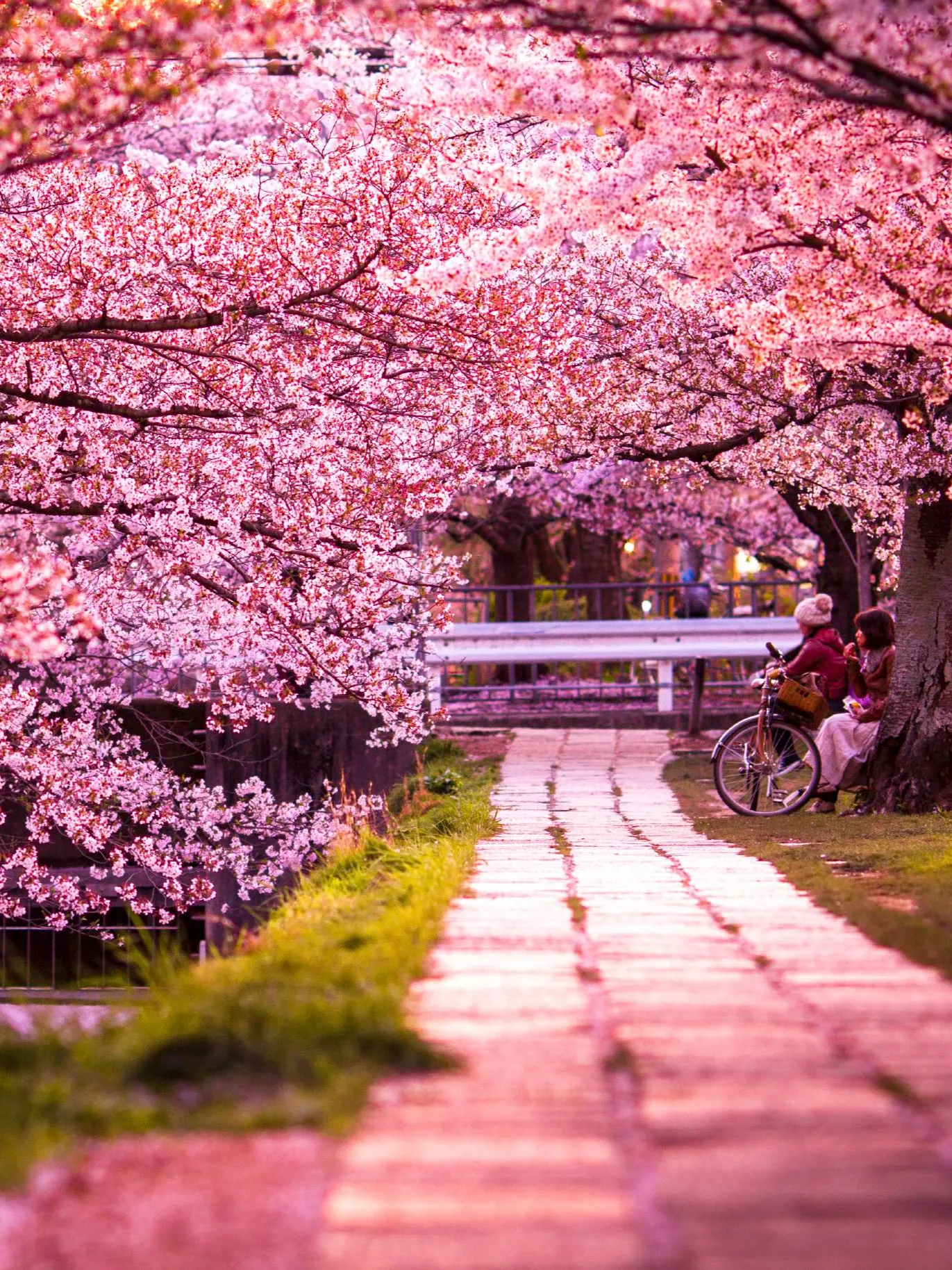
Kyoto
Maruyama Park & Philosopher’s Path, perfect for hanami (flower viewing).
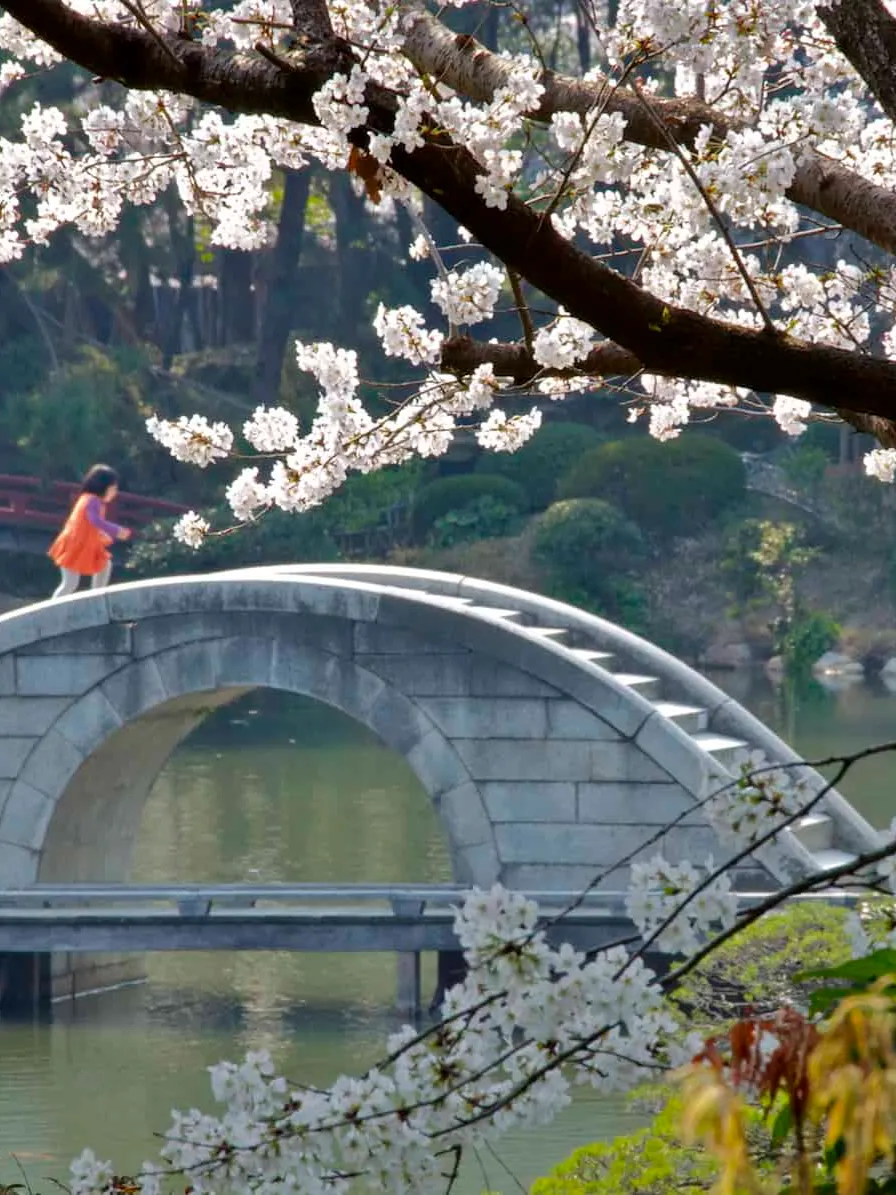
Hiroshima
Peace Memorial Park, framed by seasonal sakura blooms.
Tip: Spring is peak season—book accommodations early!
Summer (June–August) – Beaches, Festivals & Outdoor Adventures
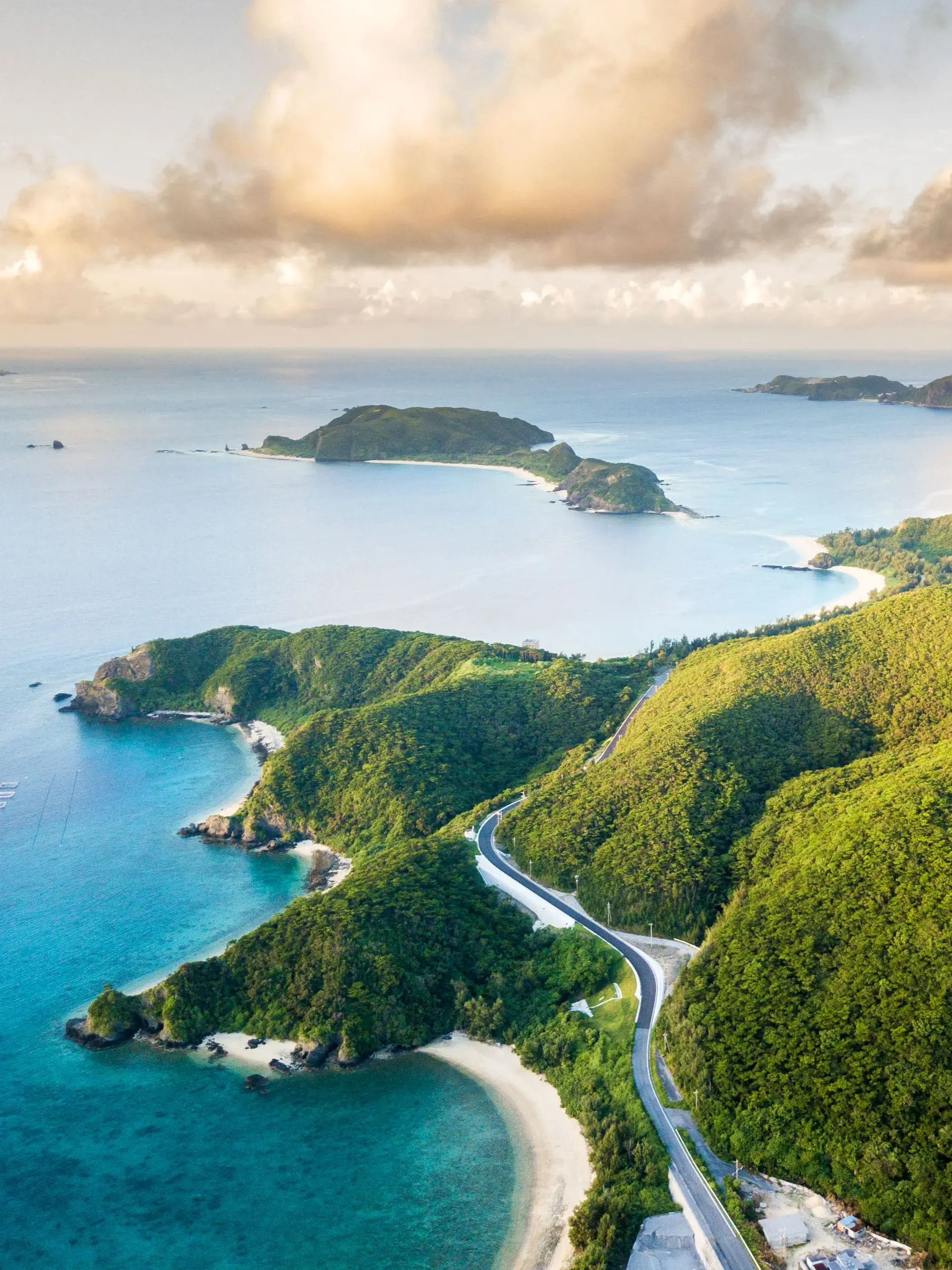
Okinawa
Tropical beaches & stunning snorkelling spots.
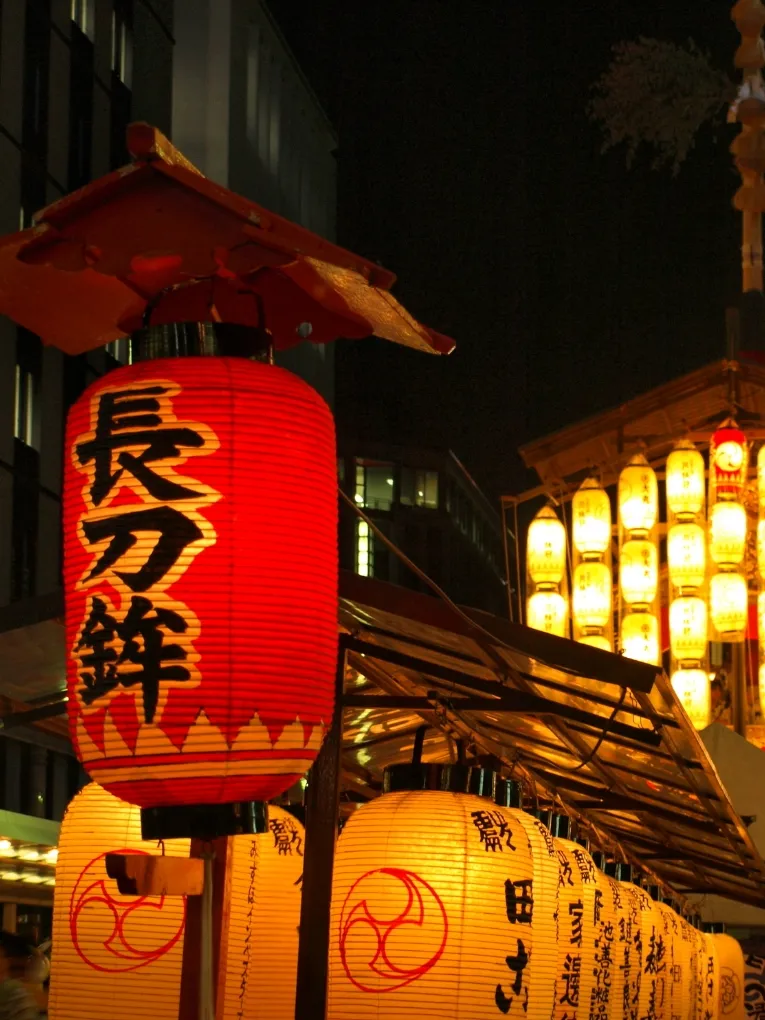
Osaka
Experience Gion Matsuri, Japan’s most famous summer festival!
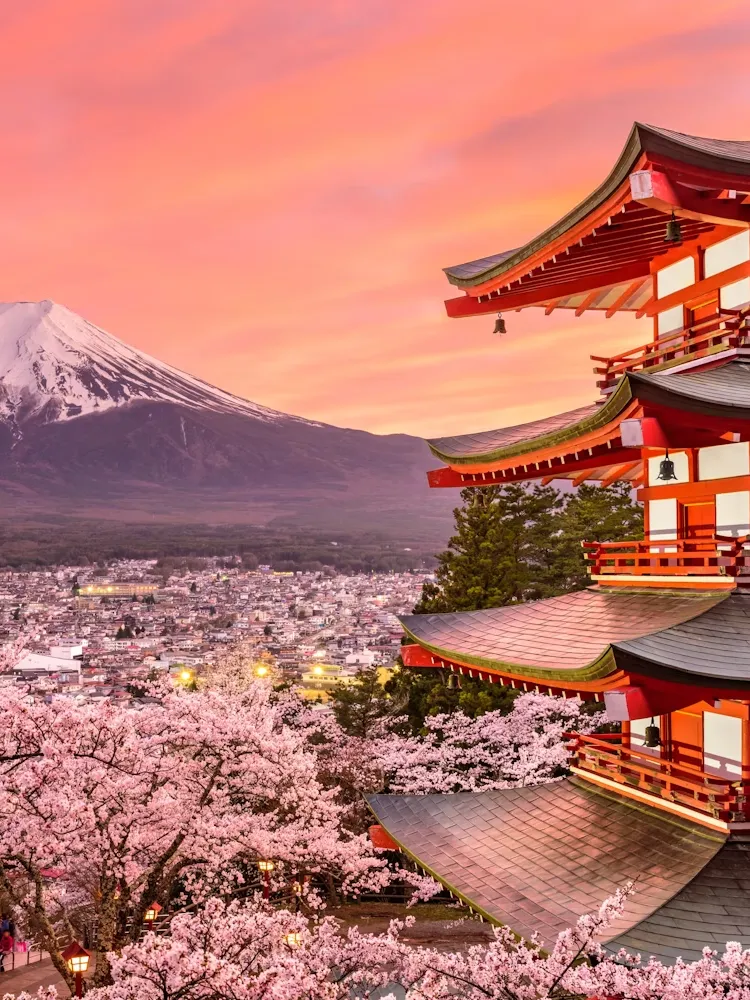
Mount Fuji
Best climbing months (July–September).
Tip: Japanese summers can be humid—pack light clothing and stay hydrated!
Autumn (September–November) – Stunning Fall Foliage & Cultural Heritage
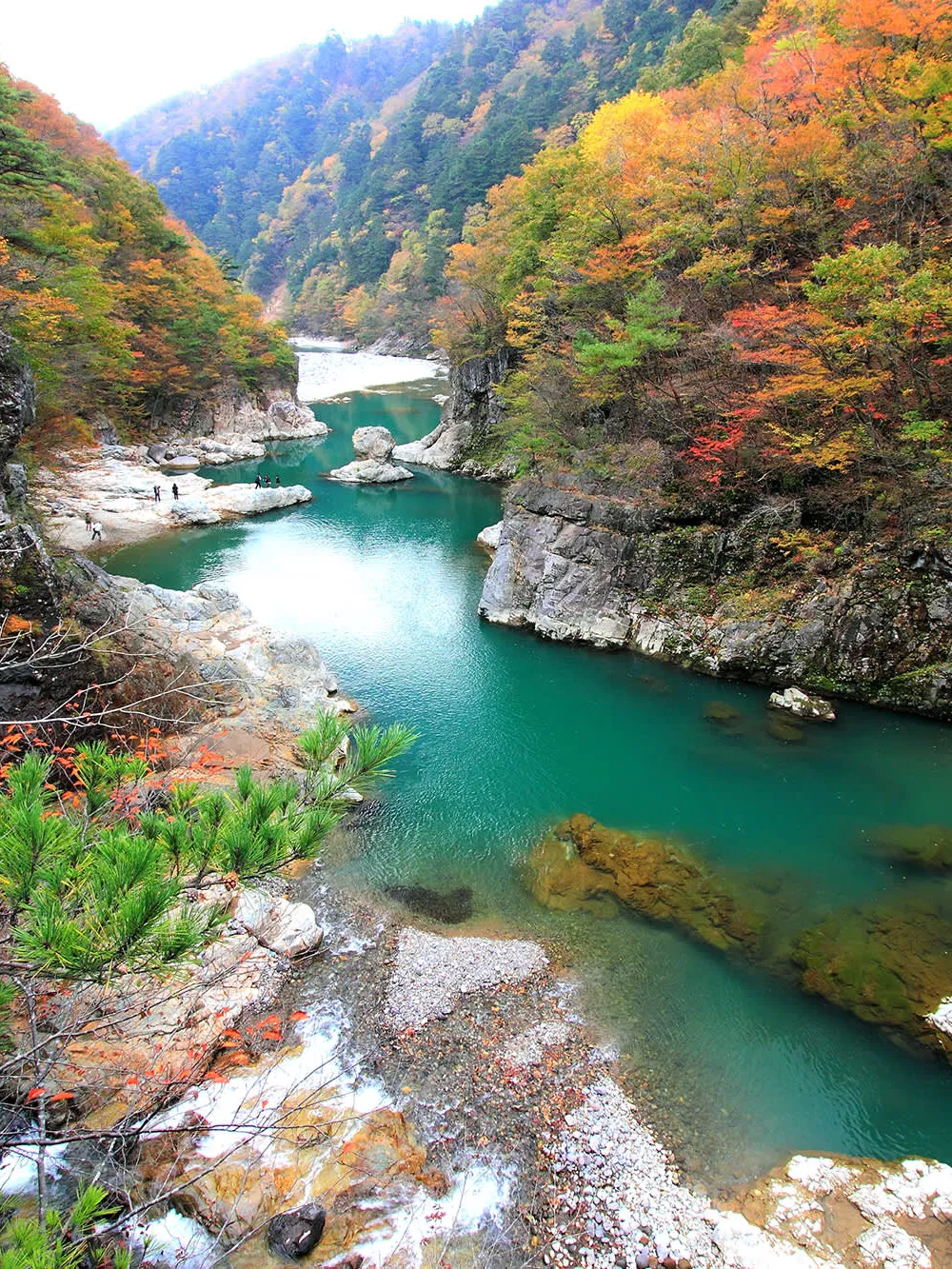
Nikko
Dramatic autumn colors at Lake Chuzenji & Toshogu Shrine.

Nara
Todai-ji Temple surrounded by fiery red maple trees.
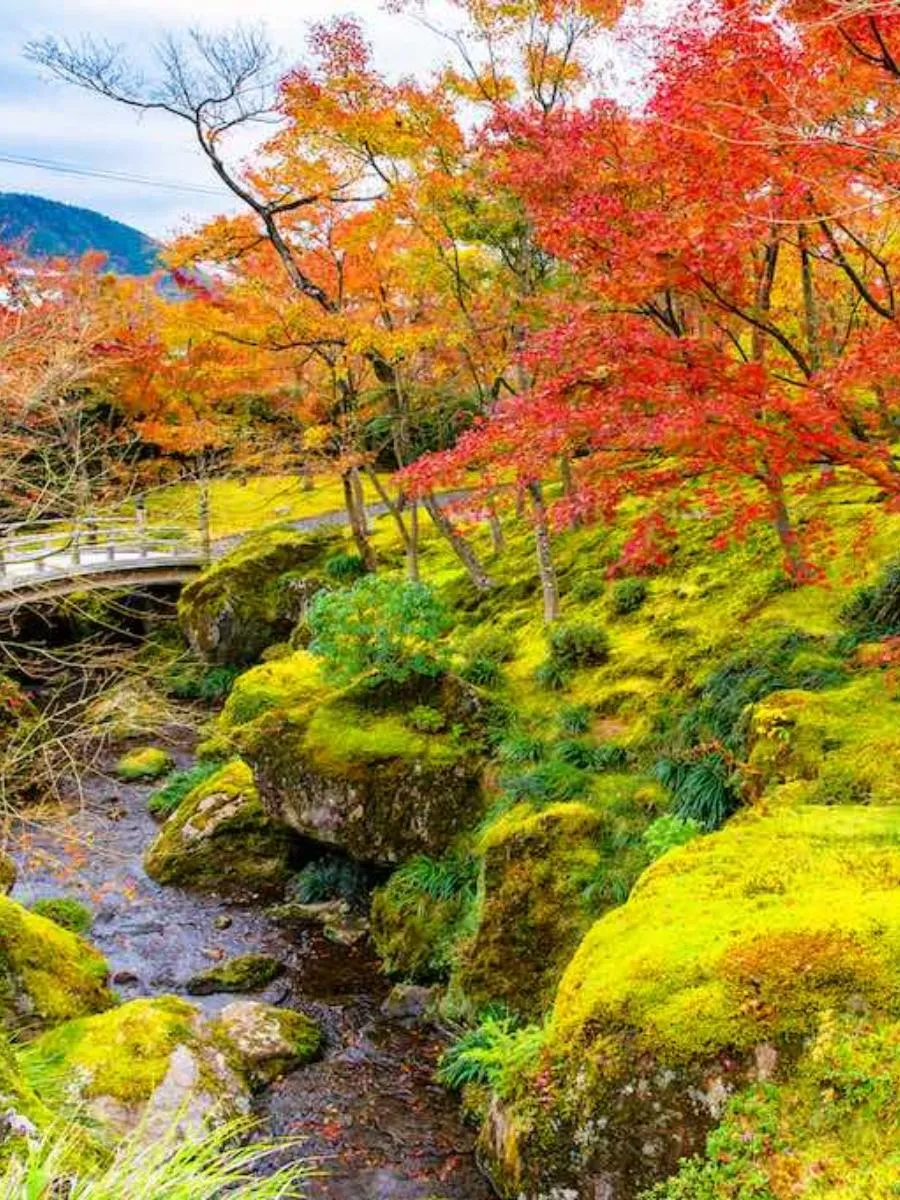
Hakone
Scenic hot springs with breathtaking autumn views.
Tip: Fall offers mild weather & fewer tourists—perfect for sightseeing!
Winter (December–February) – Skiing, Snow Festivals & Cozy Retreats
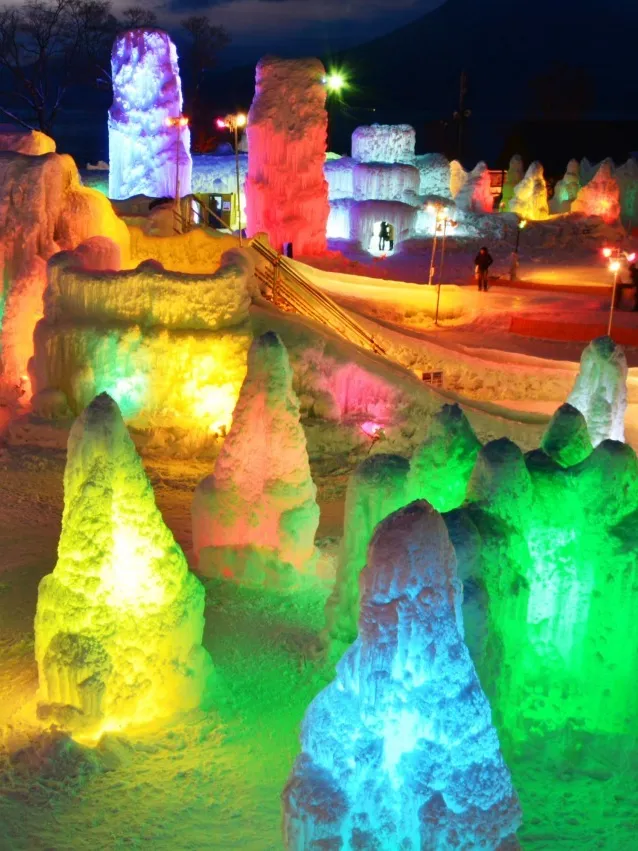
Hokkaido
Skiing in Niseko & stunning Sapporo Snow Festival.
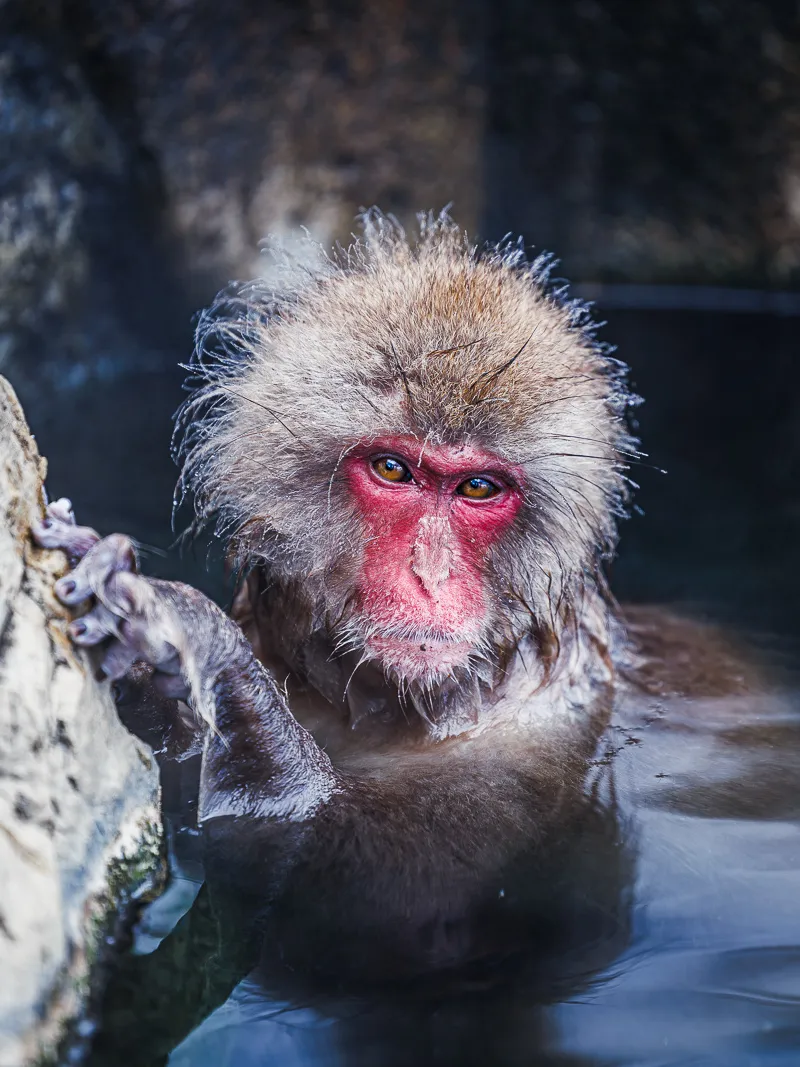
Nagano
Jigokudani Snow Monkey Park—watch monkeys bathe in hot springs!
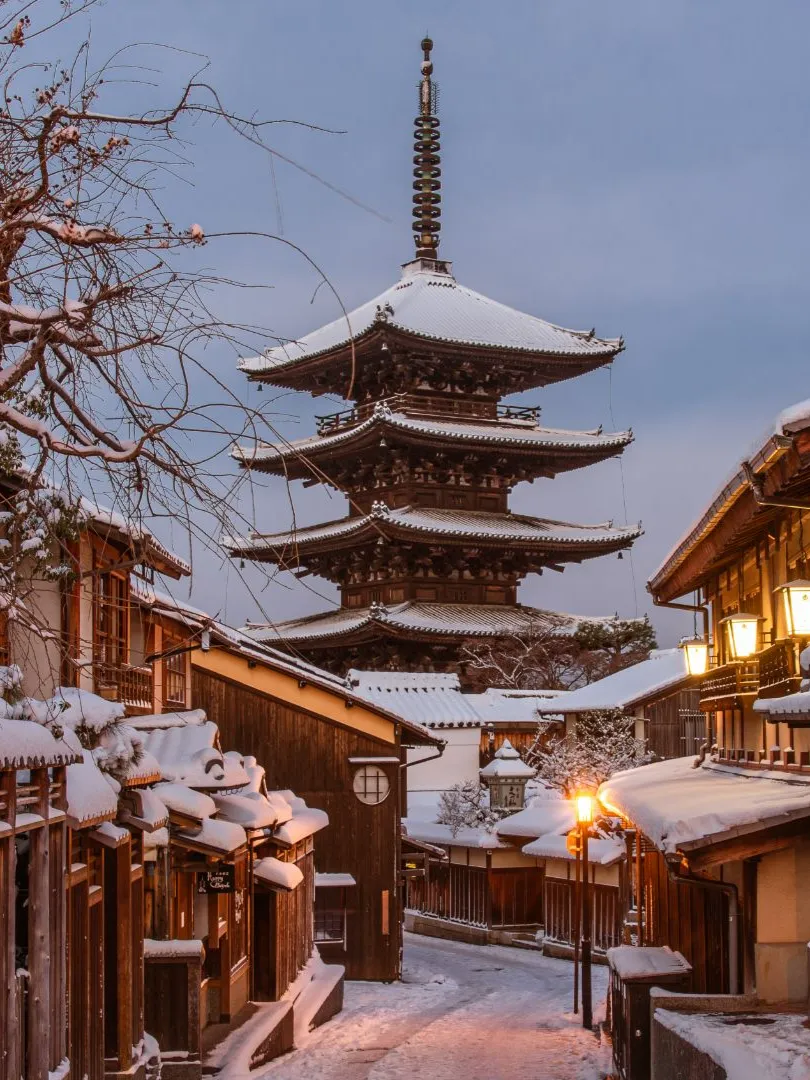
Tokyo & Kyoto
Winter illuminations light up historic sites.
Tip: Winter travel is budget-friendly—flights & accommodations cost less!
- Spring
-
Spring (March–May) – Cherry Blossoms & Historic Wonders
Tokyo
Ueno Park & Shinjuku Gyoen—ideal for cherry blossom viewing.
Kyoto
Maruyama Park & Philosopher’s Path, perfect for hanami (flower viewing).
Hiroshima
Peace Memorial Park, framed by seasonal sakura blooms.
Tip: Spring is peak season—book accommodations early!
- Summer
-
Summer (June–August) – Beaches, Festivals & Outdoor Adventures
Okinawa
Tropical beaches & stunning snorkelling spots.
Osaka
Experience Gion Matsuri, Japan’s most famous summer festival!
Mount Fuji
Best climbing months (July–September).
Tip: Japanese summers can be humid—pack light clothing and stay hydrated!
- Autumn
-
Autumn (September–November) – Stunning Fall Foliage & Cultural Heritage
Nikko
Dramatic autumn colors at Lake Chuzenji & Toshogu Shrine.
Nara
Todai-ji Temple surrounded by fiery red maple trees.
Hakone
Scenic hot springs with breathtaking autumn views.
Tip: Fall offers mild weather & fewer tourists—perfect for sightseeing!
- Winter
-
Winter (December–February) – Skiing, Snow Festivals & Cozy Retreats
Hokkaido
Skiing in Niseko & stunning Sapporo Snow Festival.
Nagano
Jigokudani Snow Monkey Park—watch monkeys bathe in hot springs!
Tokyo & Kyoto
Winter illuminations light up historic sites.
Tip: Winter travel is budget-friendly—flights & accommodations cost less!
Final Travel & Currency Tips
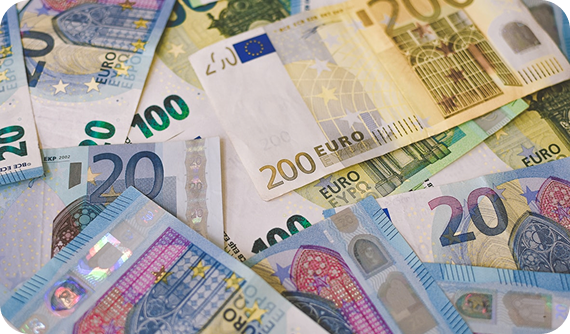
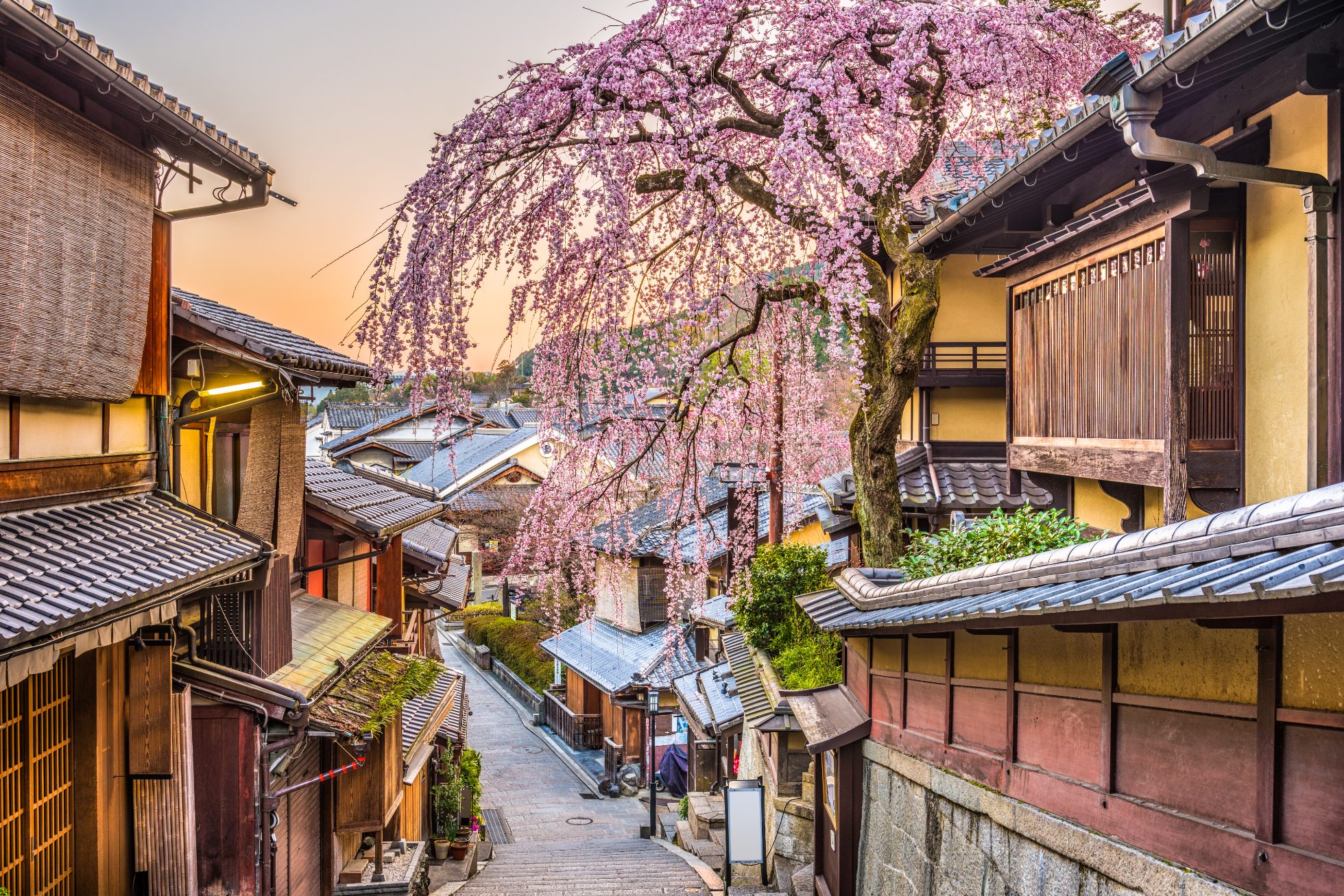
Conclusion
Japan offers unforgettable travel experiences, and smart currency planning ensures a hassle-free trip.
For the best rates and seamless transactions, visit Danesh Exchange before flying!
